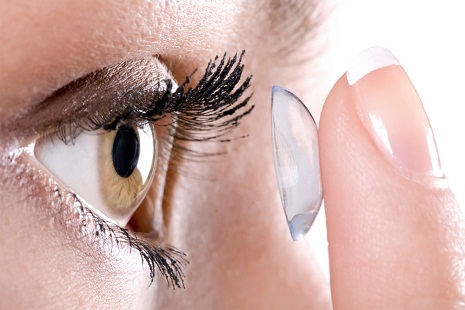Contact Lens wearers: Risking severe eye infections

82% of those polled used their lens case longer than they probably should, while 55% topped off their solution instead of getting a fresh batch and 50% go to bed while still wearing their contact lenses. These increase the chances of an eye infection. Almost all contact lens wearers report some risky eye care activity that can possibly lead to eye infections, according to the recently released study.
The Centers for Disease Control, and health groups such as the American Optometric Association, did some further research on behaviors of U.S. contact lens wearers. It found that 99% of the almost of the 41 million estimated contact lens wearers in America aren’t following correct instructions on how to wear, clean, disinfect and store their contact lenses.
In addition, nearly 1/3 reported visiting the doctor because of red or painful eyes related to wearing contact lenses.
The CDC has gotten to the bottom of several multistate outbreaks of serious eye infections among those who wear contact lens in the last decade. Nearly 1 million U.S. health care visits for keratitis (inflammation of the cornea) or contact lens complications occur on a year to year basis, which comes up to about $175 million. The largest single risk factor is contact lens wear, and each investigation identified frequent contact lens hygiene-related risk behaviors among patients.
Dr. Steve Compton, an optometrist in Franklin, said a large concern from this study is that contact lens wearers frequently reported exposing their contact lenses to water, including storing or rinsing their lenses in tap water and showering or swimming while wearing lenses.
“Exposure of lenses to water raises the risk for infection because microorganisms living in water can be transferred to the eye,” said Compton, who is also president of the Kentucky Optometric Foundation. “Although tap water is treated and safe for drinking, it is not sterile and contains microorganisms that can contaminate lens cases and contact lenses, which can cause eye infections.”















































